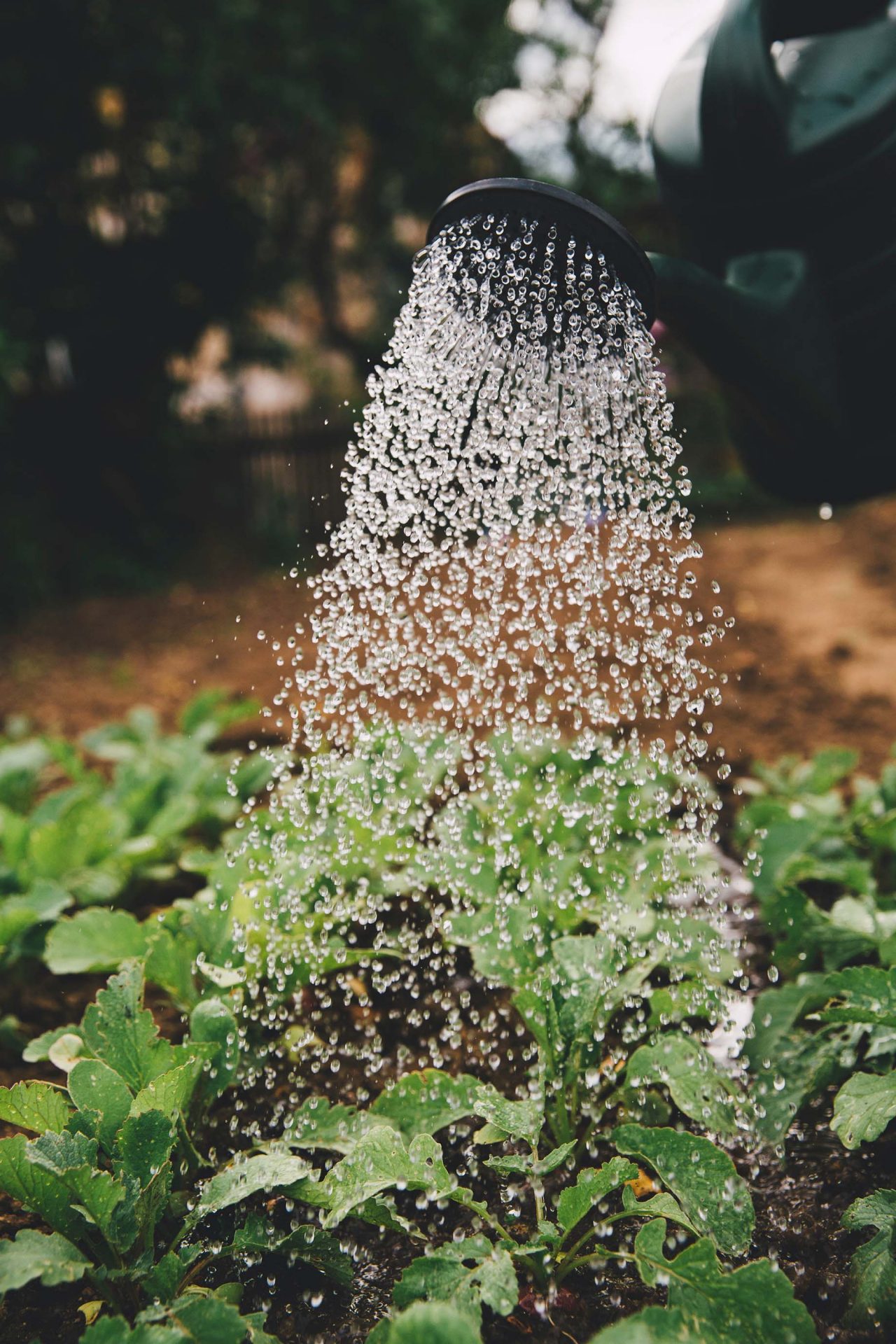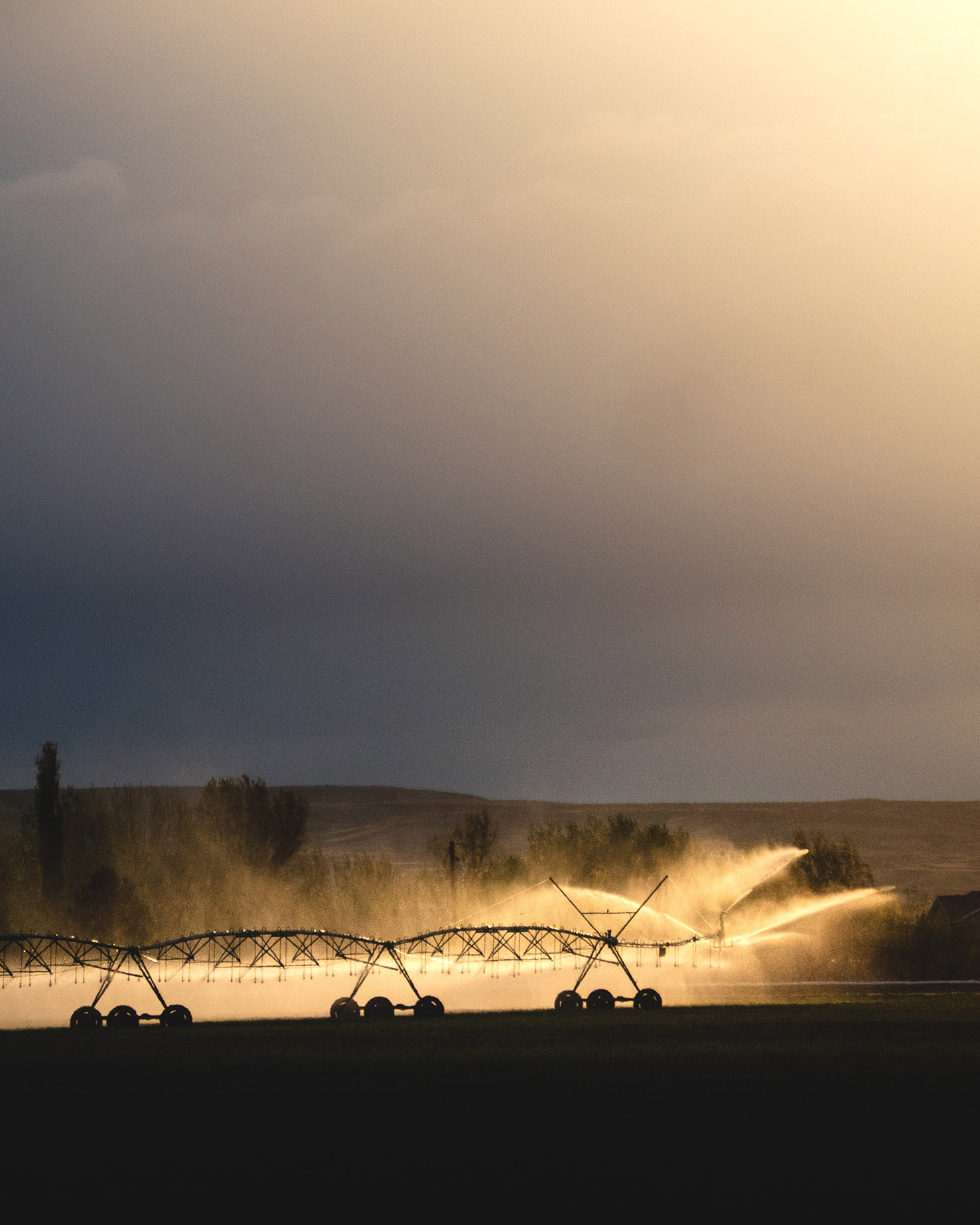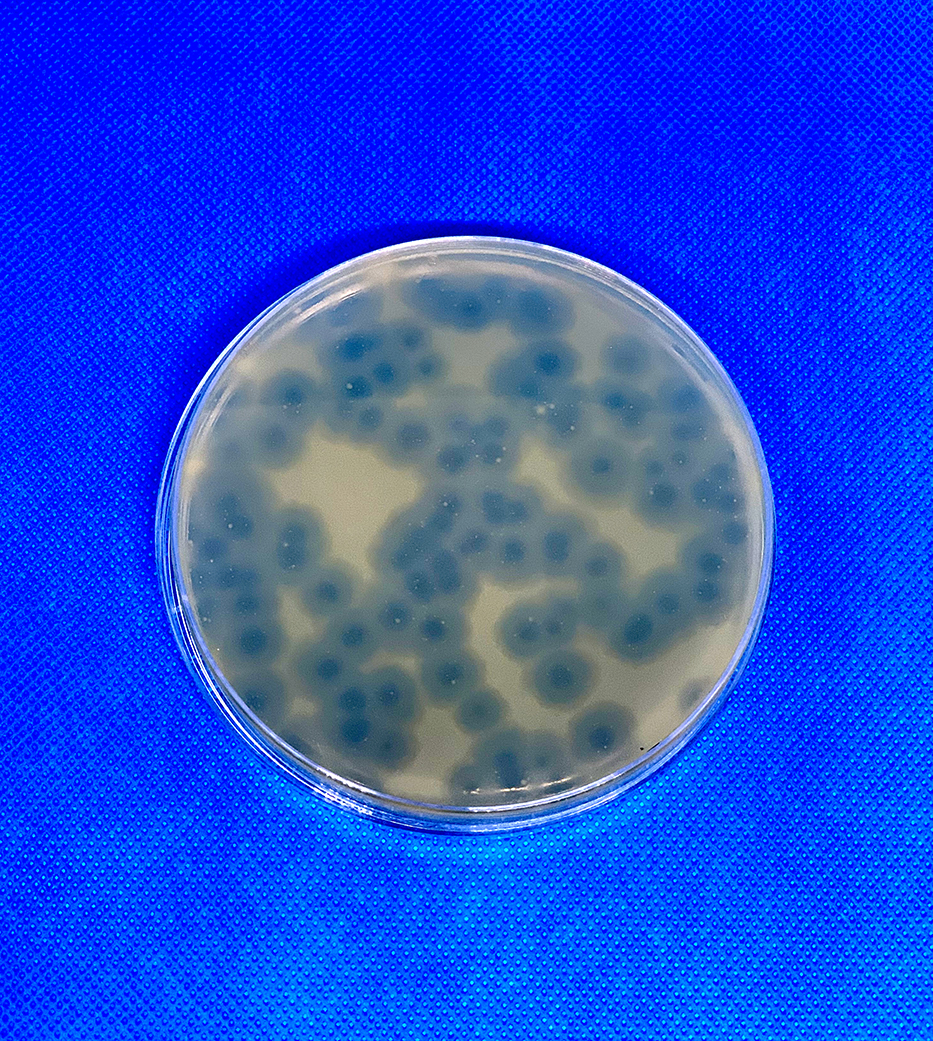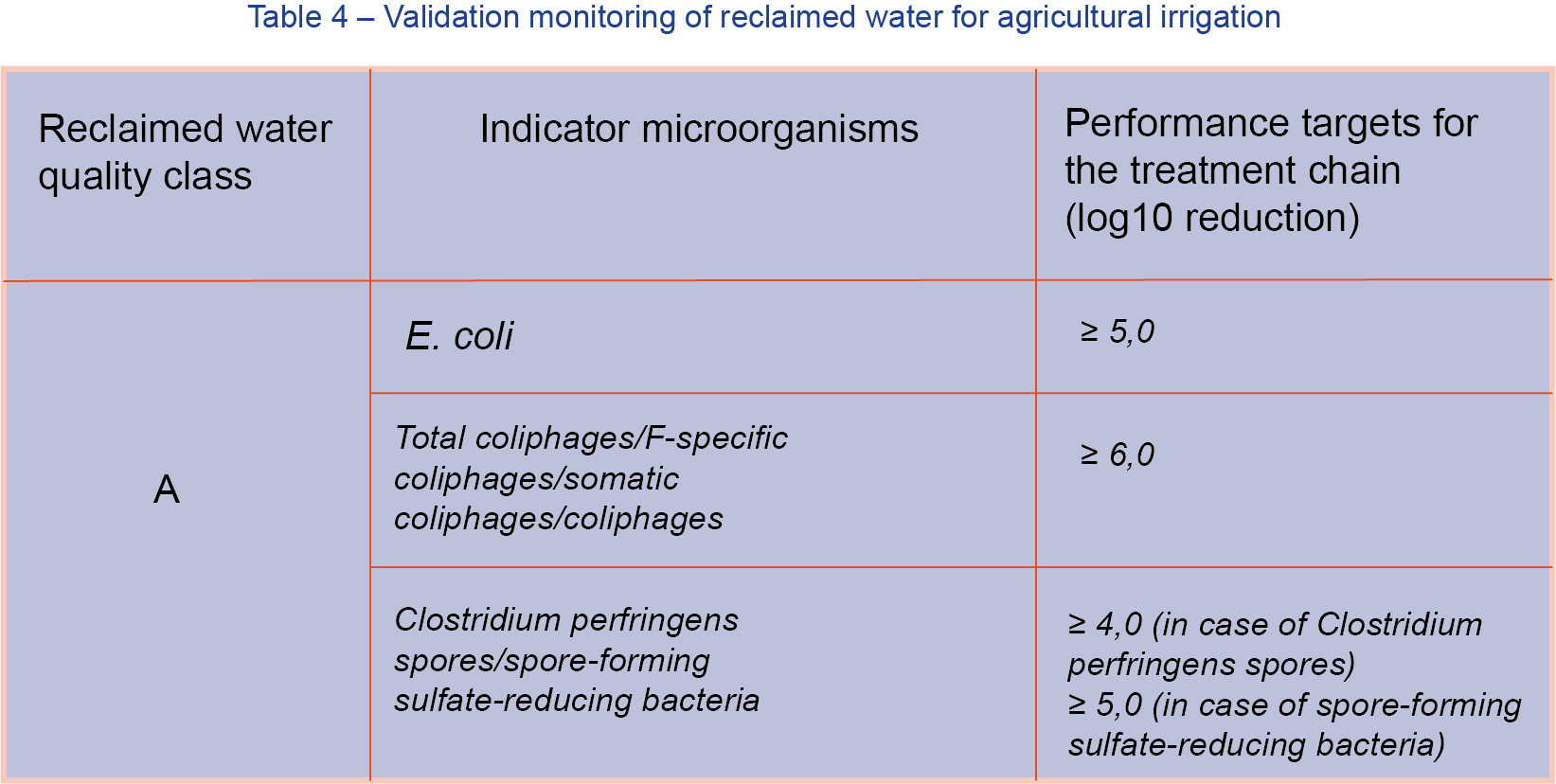BLOG | Bluephage
The new Regulation (EU) 2020/741 of the European Parliament implies the control of coliphages to validate reclaimed water for agricultural irrigation.

According to these new rules, the validation control of reclaimed water for agricultural irrigation will involve controlling microorganisms such as E. coli for pathogenic bacteria, F-specific coliphages, somatic coliphages, or coliphages for pathogenic viruses, among others.
Bluephage offers Easy Kits ready to use and all in one set to monitor these parameters according to ISO 10705-1 and ISO 10705-2 methodology.
The Regulation on minimum requirements for water reuse for agricultural irrigation entered into force in May 2020. The new rules will apply from 26 June 2023 and are expected to stimulate and facilitate water reuse in the EU.
Reuse of treated wastewater can be considered a reliable water supply, quite independent from seasonal drought and weather variability and able to cover peaks of water demand. This can be very beneficial to farming activities that can rely on reliable continuity of water supply during the irrigation period, consequently reducing the risk of crop failure and income losses. Appropriate consideration for nutrients in treated wastewater could also reduce the use of additional fertilizers resulting in savings for the environment, farmers, and wastewater treatment.
The Regulation sets out:
- Harmonised minimum water quality requirements for the safe reuse of treated urban wastewaters in agricultural irrigation;
- Harmonised minimum monitoring requirements, notably the frequency of monitoring for each quality parameter, and validation monitoring requirements;
- Risk management provisions to assess and address potential additional health risks and possible environmental risks;
- Permitting requirements;
- Provisions on transparency, whereby key information about any water reuse project is made available to the public.


Risk management for water reuse should involve the proactive identification and management of risks and should incorporate the concept of producing reclaimed water of specific qualifications required for particular uses. Risk assessment should be based on the critical elements of risk management and should identify any additional water quality requirements necessary to protect the environment and human and animal health.
To this end, the management risk plans for water reuse should ensure that reclaimed water is used and managed safely and that there are no risks to the environment or human or animal health. Existing international guidance or standards, such as ISO 20426:2018 Guidelines for health risk assessment and management for non-potable water reuse, ISO 16075:2015 Guidelines for treated wastewater use for irrigation projects, or World Health Organization (WHO) guidelines, could be used to develop such risk management plans.
Validation monitoring of reclaimed water for agricultural irrigation shall be performed for the reclaimed water quality class with the most stringent requirements, Class A, to assess whether the performance targets (log10 reduction) are complied with. Validation monitoring shall entail the monitoring of the indicator microorganisms associated with each group of pathogens, namely bacteria, viruses, and protozoa.
The indicator microorganisms selected are E. coli for pathogenic bacteria, F-specific coliphages, somatic coliphages or coliphages for pathogenic viruses, and Clostridium perfringens spores or spore-forming sulfate-reducing bacteria for protozoa.

Performance targets (log10 reduction) for the validation monitoring for the selected indicator microorganisms are set out in Table 4 and shall be met at the point of compliance, considering the concentrations of the raw waste water entering the urban waste water treatment plant. At least 90 % of validation samples shall reach or exceed the performance targets.

If a biological indicator is not present in sufficient quantity in raw wastewater to achieve the log10 reduction, the absence of such biological indicator in reclaimed water shall mean that the validation requirements are complied with. The compliance with the performance target may be established by analytical control, by addition of the performance granted to individual treatment steps based on scientific evidence for standard well-established processes, such as published data of testing reports or case studies, or tested in a laboratory under controlled conditions for innovative treatment.
The new rules are to be situated in the context of the “Circular Economy Action Plan” adopted in 2020, which includes the implementation of the new Regulation amongst Europe’s priorities for the circular economy. The Action Plan also announces that the Commission will facilitate water reuse and efficiency in other sectors, including in industrial processes.


Trackbacks/Pingbacks